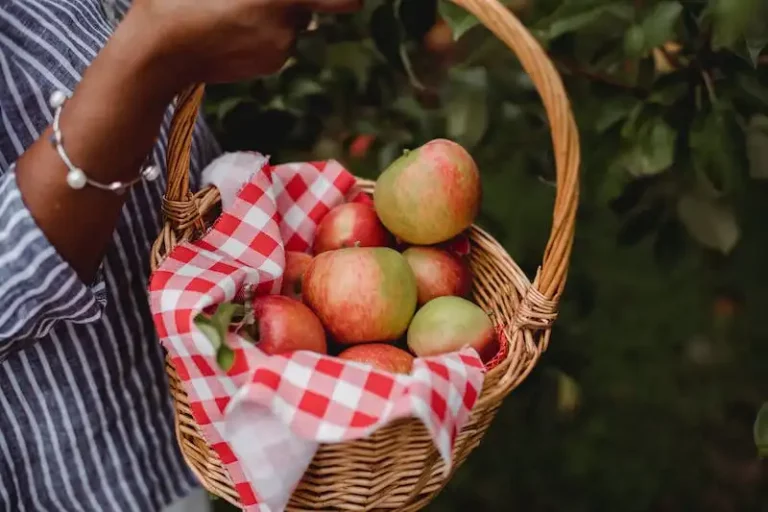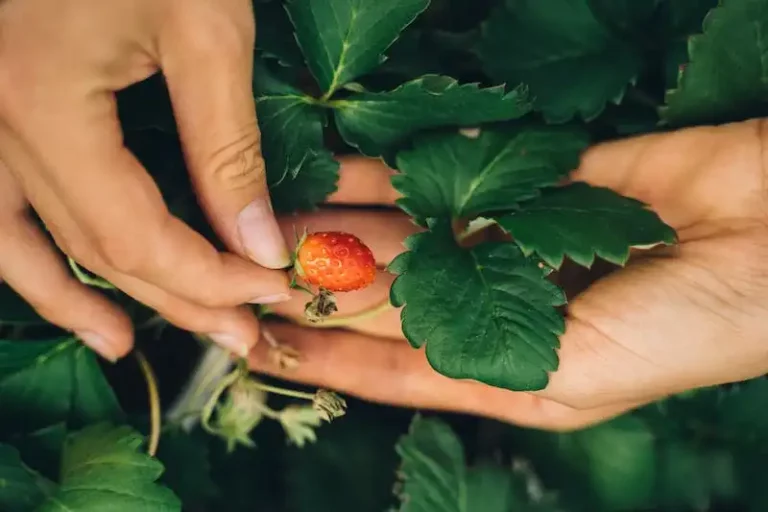Pruning is an essential part of keeping yews looking their best. Yews are a popular choice for hedges and shrubs in gardens due to their dense and evergreen nature. However, if left to their own devices, yews can become overgrown and develop an old and woody appearance. This is where pruning comes in, as it helps to maintain the health and formative shape of the yew.
When pruning a yew, it is important to remove any overgrown and densely packed shoots, as well as any old or diseased branches. This procedure should be done during the spring or early summer months, while the yew is actively growing. Pruning during this time encourages new growth and helps the yew to maintain its full and healthy appearance.
To prune a yew, start by removing any branches that are crossing and rubbing against each other. This will help to open up the yew and allow more light and air to reach the inner branches. Next, prune back any branches that are growing outside of the desired shape or form. Use sharp shears or secateurs to make clean cuts, slightly above a healthy bud or side shoot. Avoid cutting too close to the main stem, as this can damage the yew.
It is important to note that yews are slow-growing plants, and pruning should be done gradually over a period of several years. This gradual approach ensures that the yew will not be shocked by a severe pruning and allows it to adjust to the changes. In some cases, a yew may only need light pruning to maintain its shape, while in others, more extensive pruning may be necessary for overgrown yews.
While pruning a yew can be a challenging task, it is definitely something that can be done by yourself with the right guidance. Following a step-by-step pruning guide or watching instructional videos can help you achieve the desired shape and form for your yew. However, if you are unsure or uncomfortable with pruning, it is always best to consult a professional gardener or landscaper for assistance.
Yew Pruning Guidelines
Yew pruning is essential to keep your yew trees, hedges, and shrubs in proper shape and health. Pruning should be done on a regular basis to maintain the desired form and size of the plants.
Timing: It is best to prune yews in late winter or early spring before new growth starts. Pruning during this time allows the plants to recover quickly and promotes healthy growth.
Tools: When pruning yews, it is important to use the right tools. Sharp pruning shears or hedge trimmers are best suited for cutting small branches and shaping the plants. For larger branches, use a pruning saw.
Methods: Yews can be pruned in different ways depending on the desired shape and style. For formal hedges and topiary forms, regular shearing with shears is the best option. To maintain their natural form, a softer approach is recommended by selectively removing only the overgrown or crossing branches.
Guidelines: When pruning yews, it is important to follow these guidelines:
- Start with the oldest branches: Begin pruning by removing the oldest, thick branches from the base of the plant, allowing more light and air into the center.
- Remove crossing branches: Identify any branches that cross each other and remove the one that is crossing over the other.
- Trim branches that touch the ground: Remove any branches that touch the ground to prevent the spread of diseases and pests.
- Avoid pruning during the flowering period: Yews produce small flowers on new growth, so it is best to prune them after the flowering period to ensure you don’t cut off potential blooms.
- Prune twice a year: For sheared yews, it is recommended to prune them twice a year, once in late winter and again in mid-summer.
By following these yew pruning guidelines, you’ll be able to maintain healthy and attractive yew trees, hedges, and shrubs in your garden. For more detailed information and references on yew pruning, you can refer to the Royal Horticultural Society’s Yew Growing Guide.
Do You Need To Prune Yew Trees
Pruning yew trees is an important task for gardeners who want to keep their yews looking their best. Yews are evergreen shrubs or trees that belong to the genus Taxus. They are popular in gardens for their beautiful dark green foliage and columnar forms. The Latin name for yews is Taxus baccata.
Pruning yew trees is a relatively easy procedure that can be done by yourself, but it’s important to know when and how to prune them. Yews are best pruned twice a year, in late winter or early spring and again in late summer or early fall. Pruning yews in late winter or early spring helps to remove any dead or damaged branches and promotes new growth. Pruning in late summer or early fall helps to maintain the shape and size of the yew and keeps it from becoming too dense.
When pruning yews, it’s important to use the right tools and techniques. You’ll need a pair of sharp pruning shears or loppers to make clean cuts. Start by removing any dead or diseased branches. Then, snip back any overly long or straggly branches to keep the yew looking neat and tidy. You can also prune yews to a desired shape, such as a hedge or column, by cutting back the branches to a certain height or length.
If you’re pruning a yew tree, rather than a shrub, you may need to remove some of the lower branches to create a clear trunk. This can be done by cutting back the branches to the base of the tree. It’s important to note that yews have the ability to sprout new growth from old wood, so even if you remove a large branch, it may still grow back.
Yews are relatively slow-growing, so pruning them is not a time-consuming task. However, it’s important to allow enough time to complete the job properly. Yews are also quite forgiving when it comes to pruning. Even if you make a mistake, the yew will typically recover and continue to grow.
In conclusion, yew trees require regular pruning to keep them looking their best. By following a few simple guidelines and using the right tools, you can achieve beautifully pruned yews in your garden. If you need further advice on how to prune yew trees, the RHS website (https://www.rhs.org.uk/plants/yew/growing-guide) is a great reference for gardening tips and techniques.
When To Prune Yew
Pruning yew shrubs is a crucial task to maintain their health and appearance. Knowing when to prune yew can make a significant difference in the overall well-being of the plant. Here are some guidelines to help you determine the best time to prune your yew:
- Young and Formative Yew Shrubs:
- Older and Overgrown Yew Shrubs:
- Woody Yew Shrubs:
- Regular Maintenance Pruning:
If you have young yew shrubs that are still establishing, it is best to prune them in late winter or early spring, preferably in March. During this time, the plants are still dormant, making it easier to shape and train them into the desired forms.
For older yew shrubs that have not been pruned regularly, the best time to prune is during late winter or early spring. This allows the shrub to recover and regrow before the summer season hits. You can perform an initial pruning to trim back any overgrown branches and then follow up with further shaping and maintenance pruning.
If your yew shrubs have become woody and dense over time, it is advisable to rejuvenate them by cutting them back more severely. This can involve cutting the entire shrub to about two feet from the ground, allowing new shoots to sprout and develop. This drastic pruning method is usually done during late winter or early spring.
To keep your yew shrubs looking their best, regular maintenance pruning is necessary. This involves lightly trimming the shrub a few times a year to maintain its shape and density. Late winter or early spring is generally the best time to perform maintenance pruning on yew shrubs.
Always remember to use clean and sharp pruning shears when trimming yew shrubs. This ensures a clean cut and reduces the risk of damage or disease. If you are unsure about the specific pruning requirements for your yew shrubs, consult a gardening expert or refer to reliable resources such as videos or articles.
By following the appropriate pruning techniques and timing, you can keep your yew shrubs healthy, full, and aesthetically pleasing.
For more information on yew shrubs and pruning techniques, refer to resources such as the Royal Horticultural Society’s guide on yew shrub care.
Pruning Yew Hedges
Pruning yew hedges is an important task in gardening, as it helps to maintain their shape and promote healthy growth. Yew hedges, also known as Taxus, are popular choices for hedging due to their dense and leading appearance.
When it comes to pruning yew hedges, the entire procedure can be a bit hard, but with the right guidance, you’ll be able to achieve the desired results. One well-known guide in the gardening world is Darren, the director of Landscape Field Videos. His how-to videos on pruning yews provide a step-by-step guide that allows you to prune your hedges like a professional.
Before you start pruning, it’s important to understand the basic guidelines. Yew hedges can be pruned anytime from late spring to early autumn, and it’s recommended to avoid pruning in winter when the woody growth develops. The best time to prune yew hedges is during late summer or early autumn, as this allows the new growth to develop well before the colder months.
The procedure itself involves using sharp pruning shears to snip off the soft shoots and slightly trim the older growth. It’s important to remove any dead or diseased branches, as well as any crossing branches that could hinder the hedge’s growth. If you’re looking to create a more formal shape, such as topiary, you can use a pair of shears to shape the hedges into the desired form.
When pruning yew hedges, it’s crucial to be patient and take your time. Yew hedges can take many years to fully develop, but with proper care and regular pruning, you’ll be able to achieve a dense and healthy hedge that is the envy of all your neighbors.
For more detailed information on how to prune yew hedges, you can refer to the RHS website’s growing guide on yews: https://www.rhs.org.uk/plants/yew/growing-guide. There, you’ll find references to different types and forms of yews, as well as the specific techniques and forms of pruning that are best suited for each.
Pruning Columnar Yew Trees
Pruning columnar yew trees is an essential aspect of landscape maintenance and ensuring their optimal growth. When properly pruned, columnar yews can add structure and elegance to any garden or landscape.
The key to successful pruning of columnar yew trees is to have a well-defined plan and follow proper techniques. Columnar yew trees, also known as Taxus baccata trees, have a naturally dense growth habit and are often used as hedges or to create privacy screens. However, if left unpruned, they can become overgrown and lose their desired shape.
It is important to start pruning columnar yew trees while they are young to ensure they develop the desired shape and form. This can be done through formative pruning, which involves removing any dead or damaged branches and shaping the tree into a columnar shape.
Timing is crucial when it comes to pruning columnar yew trees. The best time to prune these trees is during early spring, before new growth starts. Pruning at this time allows the tree to recover quickly and promotes healthy growth throughout the growing season.
When pruning columnar yew trees, it is important to use the right tools. This includes sharp shears or hedge trimmers, which make the job easier and ensure a clean cut. It is recommended to wear gloves and protective clothing when pruning to avoid any injuries.
One important consideration when pruning columnar yew trees is to avoid severe pruning. While it may be tempting to cut back the tree heavily to reduce its size, this can result in the loss of its desired shape and can lead to an unhealthy and unattractive appearance. Instead, it is better to gradually reduce the size of the tree over several seasons to achieve the desired height and shape.
If you are unsure about how to prune your columnar yew trees, seeking advice from a professional or a local gardening center can be helpful. They can provide guidance and assistance based on the specific needs of your trees and the overall look you are trying to achieve.
In conclusion, pruning columnar yew trees is an important part of their care and maintenance. By following proper pruning techniques and timing, you can ensure that your trees remain healthy, dense, and in their desired form. Whether used as hedges or standalone trees, columnar yews can add beauty and structure to any landscape when pruned and maintained correctly.



